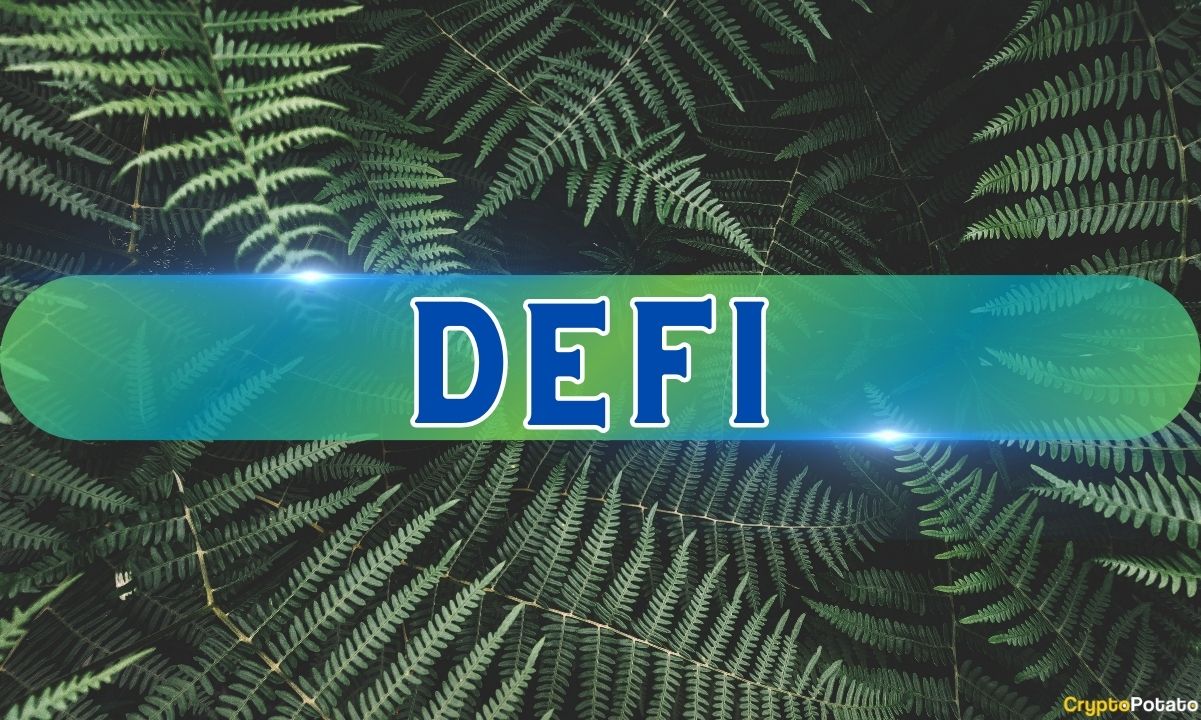

Crypto market intelligence provider IntoTheBlock published a report on Thursday comparing the best risk-adjusted methods to earn yield in the world of decentralized finance (DeFi).
Despite the “nearly infinite number of composable strategies” the firm claims its most optimal to stick to “straightforward strategies,” that boil down to “only a handful of different primitives.”
The Best Way to Earn In DeFi
The first strategy highlighted by the firm is AMM Liquidity Provisioning.
An AMM is an automated market maker. To earn yield, DeFi users can deposit their assets into AMM pools for various trading pairs, where they help provide liquidity to enable trades. Depositors earn yield from trading fees every time a user swaps between two assets using that pool.
AMM yields tend to produce higher yields for trading pairs in which the two assets have a low price correlation. However, the volatility of the assets in those pairs also creates the risk of impermanent loss for investors.
“As new capital is added to the pool, the expected APY gets diluted,” IntoTheBlock continued. “Since expected returns decrease as more capital enters the pool, the initial size of the pool relative to the capital deployment needs to be considered.”
Another promising source of high yield is “recursive lending,” – where protocol users can supply and borrow the same asset, profiting from the difference between borrowing costs and protocol incentives. As with AMM pools, yields drop as more capital is added to the strategy, so the firm recommends lower leverage when depositing over $3 million in assets.
Assessing The Risks Of DeFi
Then there’s “Supervised lending,” which incorporates both prior techniques. Users use an “unproductive asset” (ex. BTC) as borrowing collateral, then use their borrowed funds to buy a more “productive asset” that earns yield in another area, like an AMM pool.
Yields on this strategy can be low or net negative, since borrowing rates can often exceed protocol incentives, and contains risk of both liquidation and impairment loss.
Finally, the report highlighted “leveraged staking” as a strategy for producing “medium” returns on assets like ETH or SOL, which can be natively staked for yield to secure their respective blockchains.
Yield remains positive with this strategy as long as borrowing rates for said asset remain below their staking rate. Returns rise as leverage rises, potentially exceeding 10% APY, compared to 2% to 4% yields generally seen with simple staking.
“The combination of these strategies together can create a complex chain of risk considerations when it comes to rebalancing and taking profits,” IntoTheBlock warned.
Binance Free $600 (CryptoPotato Exclusive): Use this link to register a new account and receive $600 exclusive welcome offer on Binance (full details).
LIMITED OFFER 2024 at BYDFi Exchange: Up to $2,888 welcome reward, use this link to register and open a 100 USDT-M position for free!
The post appeared first on CryptoPotato






